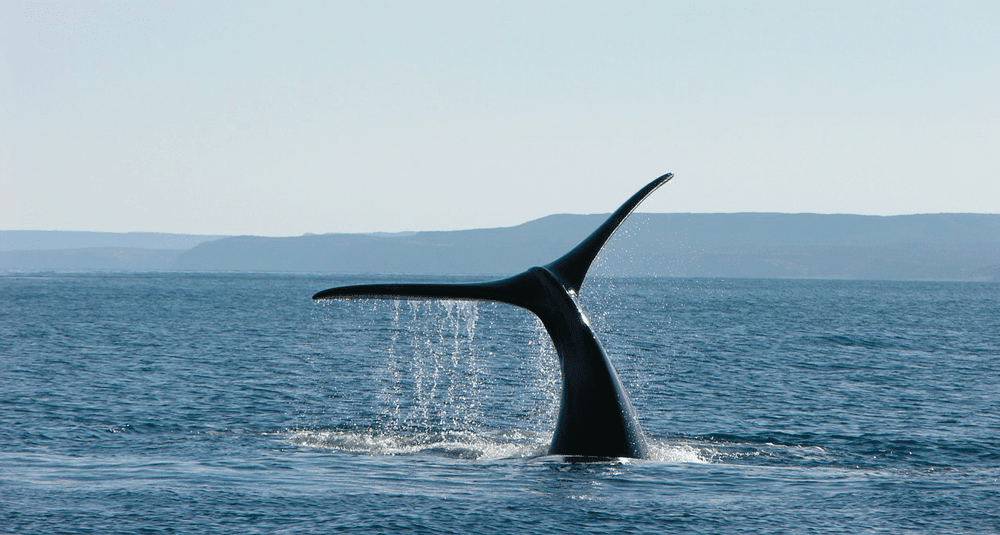What is the common name of the species Balaenoptera musculus?
Last Updated:
The vulgar name for the species Balaenoptera musculus is the blue whale. The blue whale is the largest living animal on Earth, with specimens reaching over 30 meters in length and weighing up to 200 tons. This impressive marine mammal belongs to the Balaenopteridae family and is known for its immense size, blue-gray coloration and remarkable vocal abilities.
The blue whale has a long, slender body, with a flat, U-shaped head. Its skin is blue-gray with lighter tones. Its skin is blue-gray with lighter patches, giving it a marbled appearance underwater.
Its pectoral fins are relatively small, its dorsal fin tiny and its tail broad and powerful. The ventral grooves, which extend from the mouth to the navel, allow the throat to expand during feeding.
Blue whales are found in all the world’s oceans, but generally prefer the deep waters of open oceans. They migrate long distances between tropical and subtropical breeding grounds and polar feeding grounds.
In summer, they feed mainly in the cold, krill-rich waters of the polar regions, while in winter they move to warmer waters to breed.
The blue whale feeds almost exclusively on krill, small shrimp found in large quantities in the oceans. When feeding, the blue whale takes a large quantity of water and krill into its mouth, then expels the water through its baleen plates, retaining the krill which it then swallows.
An adult blue whale can consume up to 4 tons of krill per day during the feeding season.
Blue whales are generally solitary or observed in small groups. They communicate with each other through low-frequency vocalizations that can travel hundreds of kilometers underwater.
Breeding takes place mainly during the winter months in warmer waters. After a gestation period of around 11 to 12 months, the female gives birth to a single calf, which is around 7 meters long at birth and weighs between 2 and 3 tons.
Blue whales were intensively hunted in the 19th and 20th centuries for their oil, meat and baleen, leading to a drastic reduction in their population. Today, they are protected by various laws and international conventions.
Despite conservation efforts, blue whales remain an endangered species due to ongoing threats such as ship strikes, underwater noise, pollution and climate change affecting the availability of their food.
The common name for the species Balaenoptera musculus is the blue whale. This giant of the seas, known for its immense size and impressive vocal abilities, is the largest living animal on Earth. Although protected, the blue whale remains an endangered species, requiring ongoing conservation efforts to ensure its survival.
nature

What is the common name of the species Balaenoptera musculus?
Answer
The common name for the species Balaenoptera musculus is the blue whale. It is the largest animal living on Earth, reaching over 30 meters in length.